The objective of this project is to measure and analyse the flow of customers and their behaviour. The next step involves an overhaul of the product range and adjustments to it on the basis of this information, carried out with the aid of category and space management (shelf administration). It is hoped that the profit from selected categories should as a result rise by a minimum of 30 per cent and the stockturn be accelerated as a whole.
Racking is basically a space for which the owner desires to obtain the most profitable tenants possible. Shelf administration must ensure that goods are given the share that they deserve, according to whether they are high- or low-frequency products. Viewing the articles in terms of categories opens up access to the hidden links on the level of both articles and brands. This reveals that not all categories are equally important to consumers and consequently not to the retailer either. It must be added, though, that thinking in category management terms requires enhanced cooperation between retailers and suppliers.
As a consequence, “category managers” were appointed for the duration of the year-long project, both in the store at Karlhaugen and among its suppliers as well. Their task was to carry out trials within their particular category, make an active contribution to tidying up the product range, remove loss-making products and contribute towards finding the optimum logistic solutions. For example: Jotun, the biggest paint manufacturer in Scandinavia, was given responsibility for the category of paint. The firm increased the profit from its product grouping by 125 per cent within the period of the project.
Heydi, a supplier of cement, was appointed as category manager for cement-based goods, since the company has had the longest experience with space management. Geir Hellerud, sales manager at Heydi, went through a rollercoaster ride of feelings during the course of the project: a start with clear sales losses, then changes to packaging sizes and to the job assignments for the sales staff. Measures that took effect and finally led to rising sales.
However, the basis of the work…

 Menü
Menü




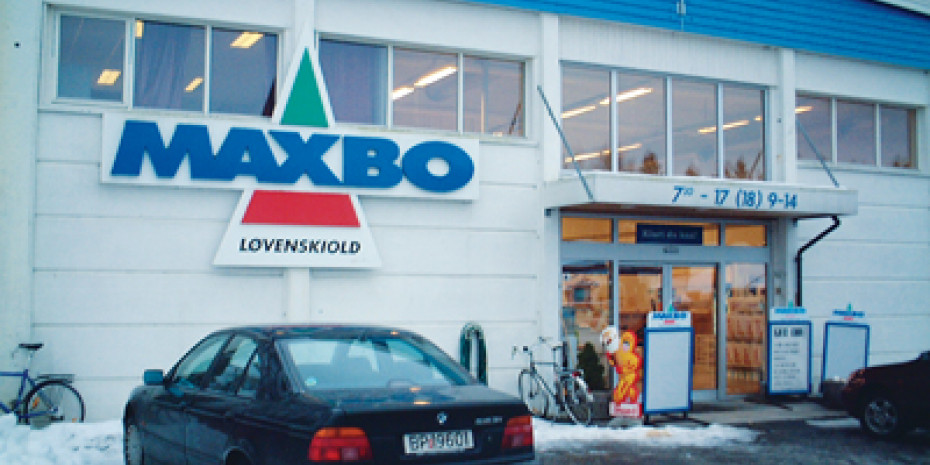

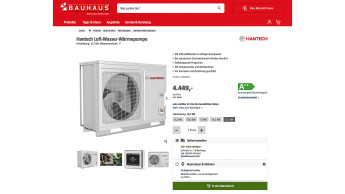
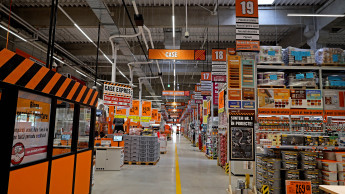




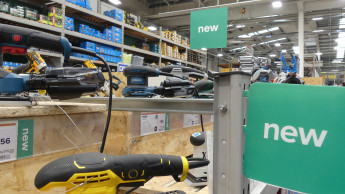
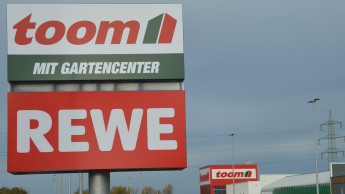

 Newsletter
Newsletter